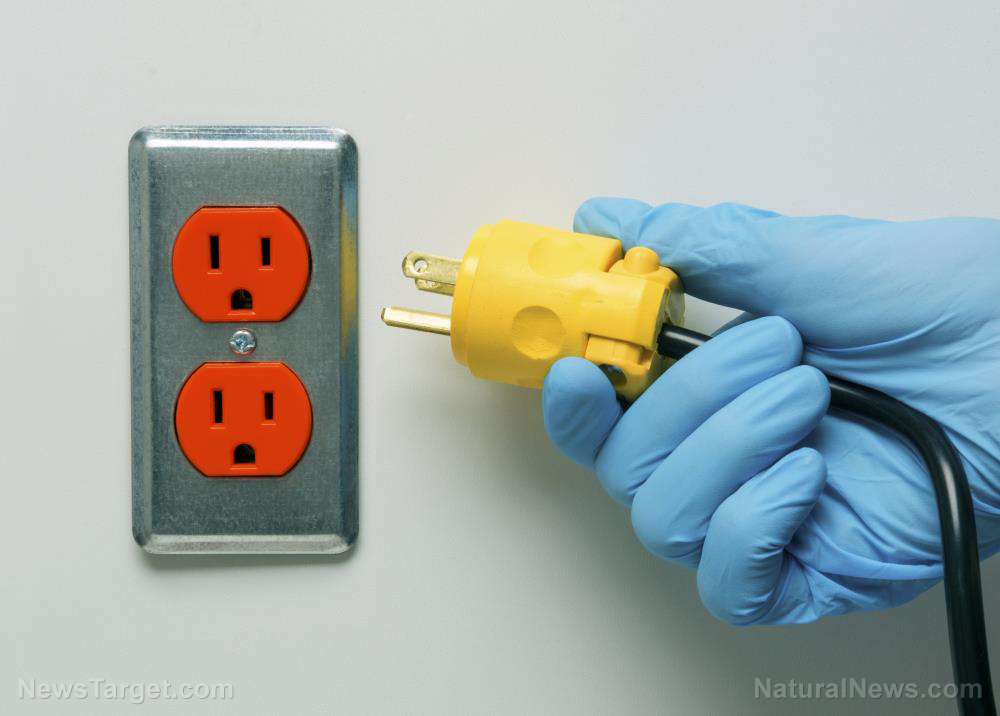
Now, local officials report that radiation levels have fallen to safe levels, except in the waters closest to the shuttered power plant.
However, in an article published in the journal Science, experts have expressed their concerns over some of the many radioactive elements in storage tanks in Fukushima, and how they can affect the ocean and marine life near the area.
Is the danger truly over?
Remnants of 2011
To date, research suggests that fish and other seafood caught in waters near Fukushima – except a limited region – were well within Japan's strict limits for radioactive contamination. But scientists are worried about a new hazard, particularly the many tanks on land near the power plant used to store the contaminated Fukushima wastewater.
Now is not the time to be complacent, as further study is necessary to fully understand the potential risks of releasing the wastewater from the power plant's storage tanks into the ocean, the study warns.
Ken Buesseler, author of the paper and a marine chemist at the Woods Hole Oceanographic Institution (WHOI), explained that in the last decade or so, he and his fellow WHOI researchers have kept an eye on radioactive cesium levels, saying that these “have declined in seawater and in marine life in the Pacific.”
Yet despite their vigilance, experts are worried about the remaining radioactive contaminants in the tanks near Fukushima. After all, some of these contaminants haven't been seen since the incident in 2011.
Buesseler added that not all of these contaminants “act the same in the ocean.”
From Fukushima to the Pacific
Buesseler has been tracking the spread of radiation from Fukushima into and across the Pacific since 2011.
Back in June of the same year, Buesseler led a team of researchers who conducted the first international research cruise to assess the early pathways that cesium-134 and -137, two radioactive isotopes of cesium produced in reactors, were taking as they spread via the Kuroshio Current off the coast of Japan.
Additionally, Buesseler works with citizen scientists all over America and Canada who help him track the arrival and movement of radioactive material on the Pacific coast of North America. (Related: Japan announces new plan to drain radioactive Fukushima water DIRECTLY into the Pacific Ocean.)
There are at least 1,000 tanks on the grounds of the power plant that are used to store groundwater and cooling water. Buesseler posits that these tanks have now been contaminated due to their close proximity to the reactors and their containment buildings.
Modern cleaning processes have removed many radioactive isotopes from the power plant. There have also been efforts to divert groundwater flows around the reactors to significantly reduce the amount of contaminated water being collected to less than 200 metric tons per day.
However, some experts suggest that these tanks will soon be filled, which could force some Japanese officials to suggest that treated water should be diverted into the ocean to free up space for more wastewater.
Tritium and other radioactive isotopes
Despite reports that radiation levels have fallen to safe levels near the power plant, tritium remains at the highest levels in the treated water.
If push comes to shove, tritium is one of the radioactive isotopes that could be released into the ocean. However, tritium, an isotope of hydrogen, is almost impossible to remove, as the radioactive isotope becomes part of the water molecule itself.
Tritium replaces one of the stable hydrogens in the water molecule H2O and produces tritiated water, a colorless and odorless substance.
Tritium has a relatively short half-life of 12.3 years, which measures the rate of decay of an isotope. The radioactive isotope isn't absorbed as easily by marine life or seafloor sediments.
Tritium also produces weak beta particles, which is not as damaging to living tissue compared to other forms of radiation.
Researchers are concerned about isotopes that remain in the treated wastewater, such as:
- Carbon-14, which has a half-life of 5,730 years.
- Cobalt-60, the longest-lived isotope of cobalt, which has a half-life of 5.27 years.
- Strontium-90, which has a half-life of about 29 years. This radioactive isotope emits a beta particle as it decays.
These isotopes and others remain, but they had only been revealed to the public in 2018. The other isotopes all take much longer to decay.
In addition, they have greater affinities for seafloor sediments and marine organisms like fish. Scientists are worried that the remaining radioactive isotopes could be a more significant threat to human health and the environment for much longer compared to tritium.
Buesseler believes that putting the spotlight on tritium in the wastewater holding tanks diverts attention from a more important matter: the presence of other radioactive isotopes in the wastewater. While this matter is complicated, it doesn't mean it's impossible to solve.
Buesseler believes the first step to addressing the matter is cleaning up the additional radioactive contaminants that remain in the storage tanks. Next, experts must plan how to handle the remaining contaminants.
Before leaders give the go signal on options that involves ocean releases for Fukushima wastewater, independent groups must monitor all of the potential contaminants in seawater, marine life and the seafloor. Doing this right and without withholding data from the public is key to ensuring the health of the ocean and the livelihoods of many people.
Visit Fukushima.news for updates on the Fukushima power plant and how they are dealing with the contaminated wastewater.
Sources include:
Please contact us for more information.






















